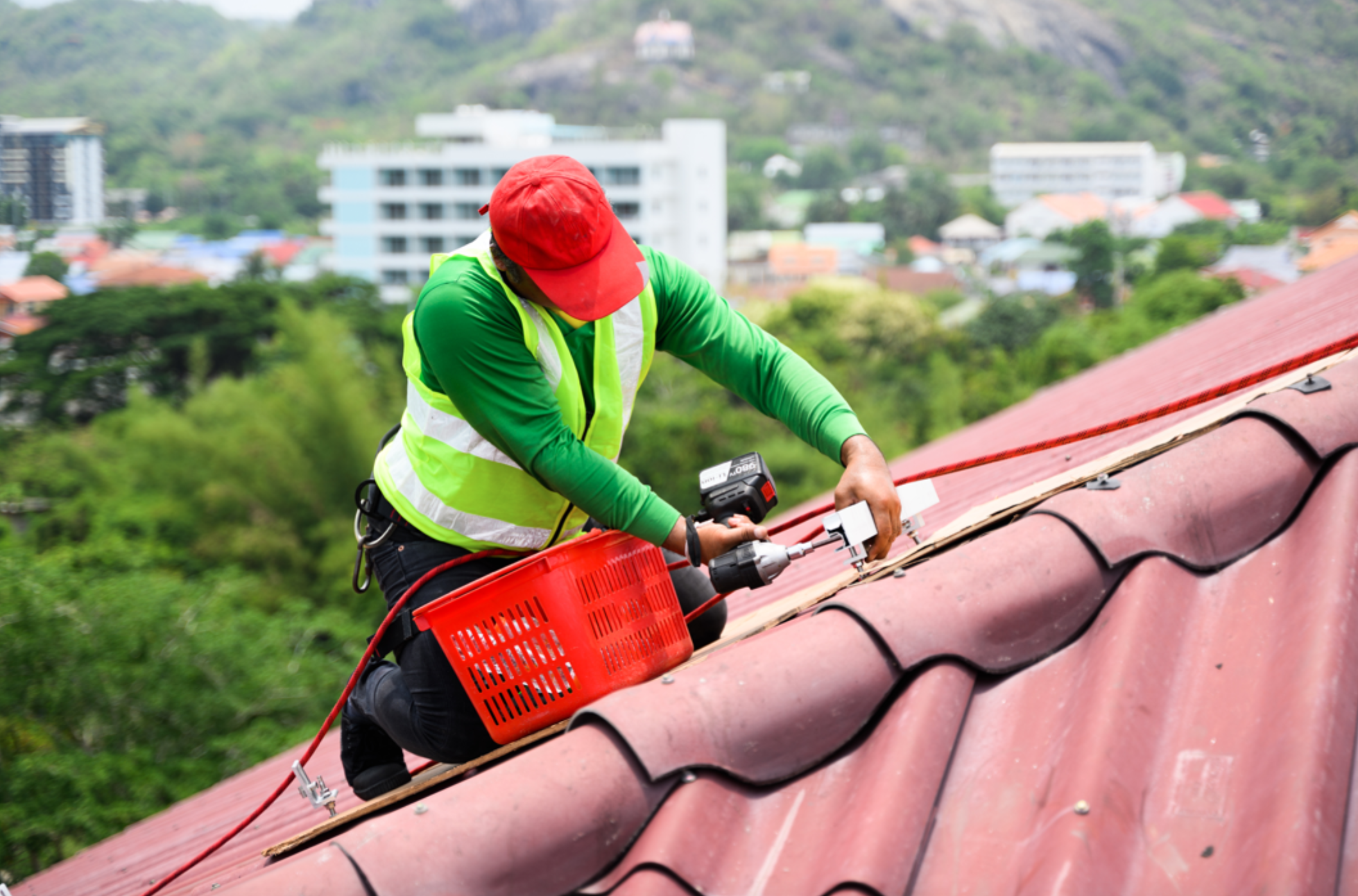Getting a roof inspection can feel a bit daunting if you don’t know what to expect. No worries! Here’s everything you could expect to happen during a routine roof inspection…
Initial Consultation
Your roof inspection starts with an initial chat. The inspector will ask about any concerns you have and gather some background on your roof’s history. This helps them focus on specific areas that might need extra attention.
Exterior Inspection
Next up, the inspector will take a good look at the outside of your roof. They’ll be checking:
- Shingle Condition: Are any shingles missing, cracked, or curling?
- Flashing and Seals: Are the seals around chimneys and vents watertight?
- Gutters and Downspouts: Are the gutters working properly and free of clogs?
- Roof Penetrations: Are there any signs of leaks around roof projections?
Interior Inspection
The inside of your home is just as important. The inspector will head to the attic to check:
- Attic Ventilation: Is there enough airflow to prevent moisture buildup?
- Insulation: Is the insulation dry and free from mold?
- Structural Issues: Is there any damage to the roof’s framework?
Everything you need to know about roof inspection and how professionals fix common problems.
Detailed Documentation
Throughout the inspection, the inspector will take notes and photos. This documentation helps create a clear picture of your roof’s condition and any issues that need addressing.
Report and Recommendations
After the inspection, you’ll get a detailed report. This report includes:
- Condition Assessment: A summary of your roof’s health.
- Repair Recommendations: Specific advice on what repairs or maintenance are needed.
- Cost Estimates: An idea of how much the repairs might cost.
Follow-Up
You might have questions after reading the report, and that’s perfectly normal. A follow-up meeting is a great opportunity to discuss the findings and plan any necessary repairs.
Common Roof Problems Found During Inspections
During a roof inspection, several common issues might be discovered, including:
- Leakage and Water Damage: Signs of water intrusion, such as stains on ceilings or walls.
- Mold and Mildew: Indications of mold growth in the attic or other areas.
- Sagging Roof: Structural weaknesses that cause parts of the roof to sag.
- Damaged or Missing Shingles: Shingles that need replacement to protect the roof.
How Professionals Fix These Issues
Professional roofers use various methods to address the common problems found during inspections:
Leakage and Water Damage: Professionals will locate the source of the leak and repair it, which may involve replacing damaged shingles, fixing flashing, or sealing around roof penetrations. Interior water damage will be addressed by repairing ceilings and insulation affected by the leak.
Mold and Mildew: To tackle mold and mildew, roofers ensure proper attic ventilation and may replace moldy insulation. They will also treat affected areas with mold remediation solutions to prevent future growth.
Sagging Roof: Addressing a sagging roof involves reinforcing the roof’s structural elements. This might include adding support beams or rafters to strengthen the weakened areas.
Damaged or Missing Shingles: Professionals will replace damaged or missing shingles to restore the roof’s integrity and prevent leaks. They will also check the underlying roof structure to ensure there’s no additional damage.
Book a Roof Inspection TODAY!
Regular roof inspections are key to keeping your home in top shape. They help catch small issues before they become big problems, saving you time and money in the long run.

